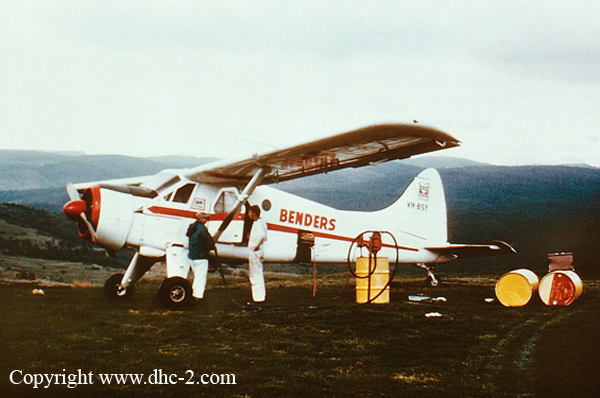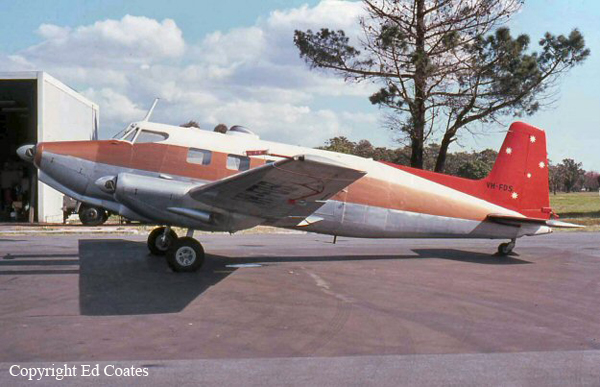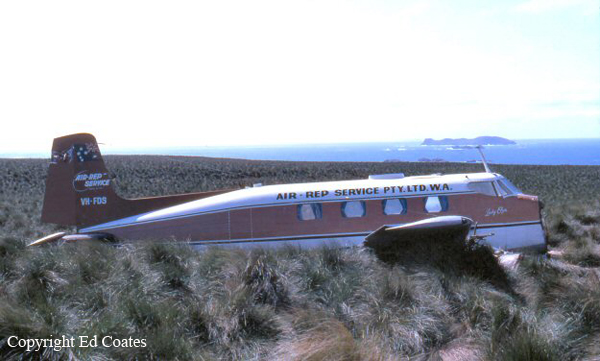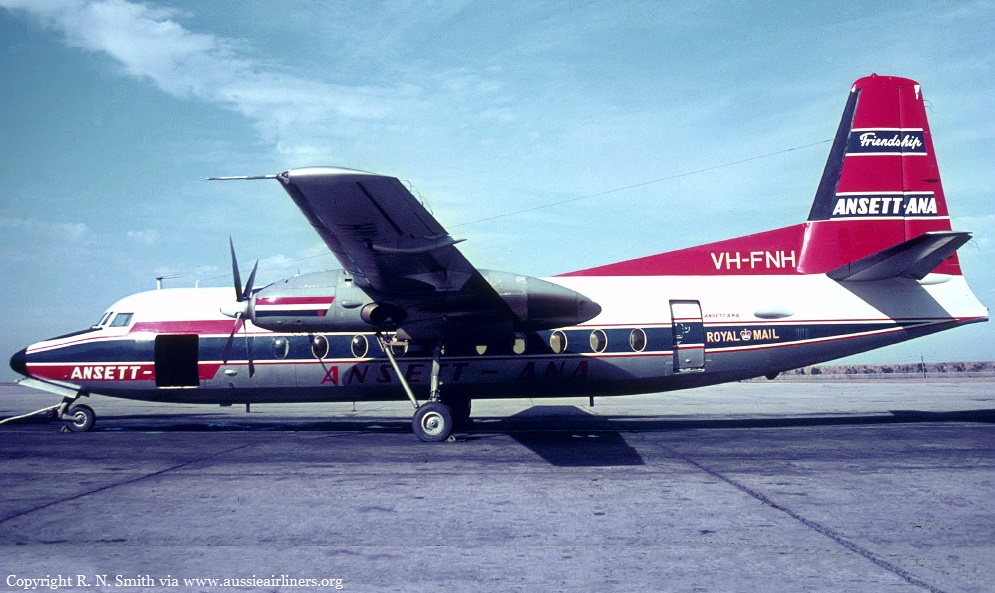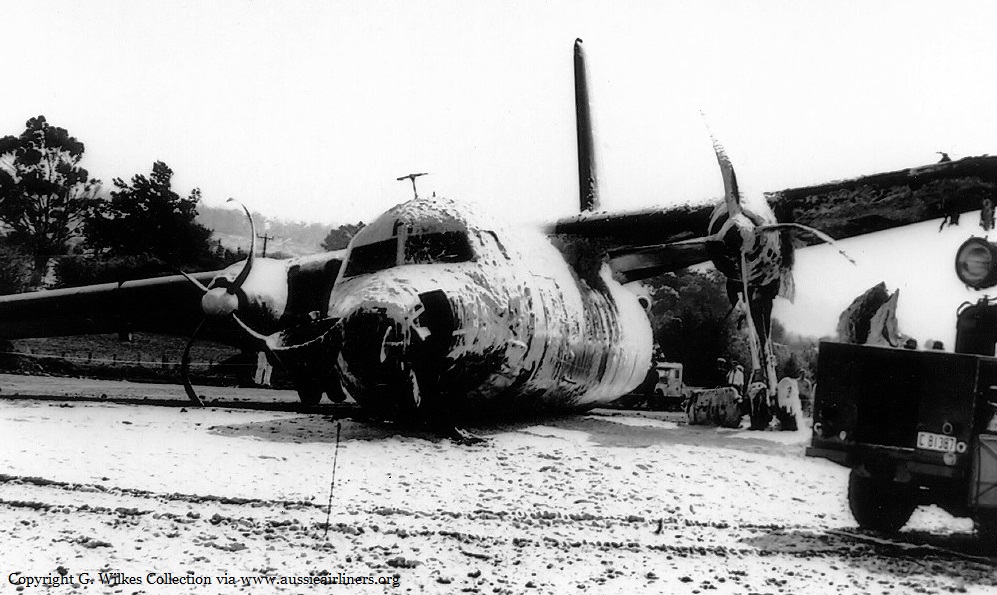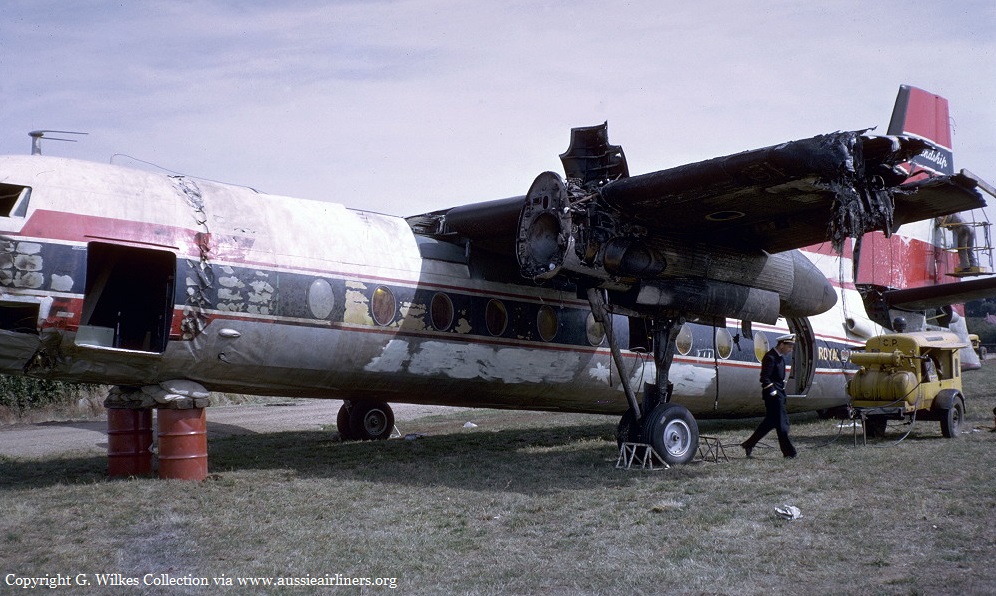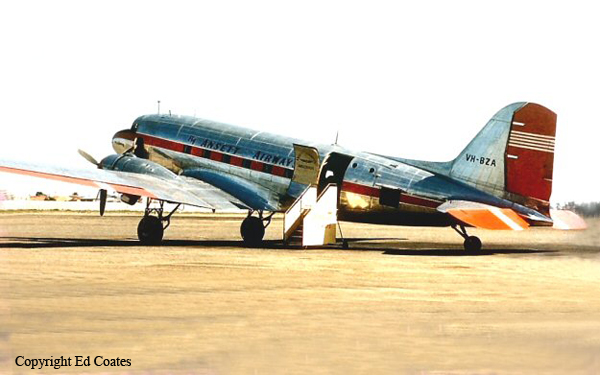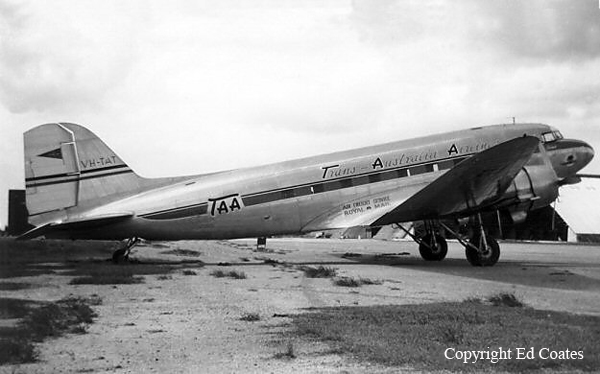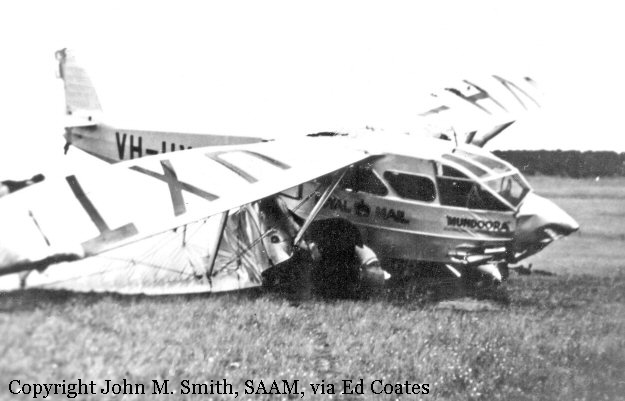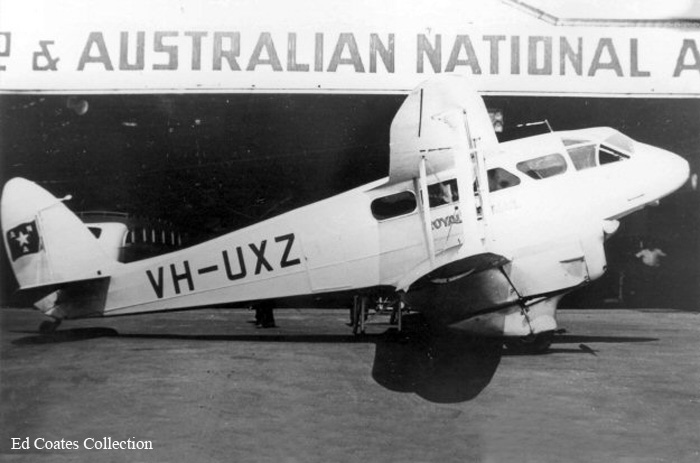Crash of a De Havilland DHC-6 Twin Otter 200 in Yarra Creek
Date & Time:
Feb 13, 1979
Registration:
VH-PAQ
Survivors:
Yes
Schedule:
King Island - Wynyard
MSN:
227
YOM:
1969
Crew on board:
1
Crew fatalities:
Pax on board:
0
Pax fatalities:
Other fatalities:
Total fatalities:
0
Circumstances:
The airplane departed King Island-Currie Airport on a cargo flight to Wynyard-Burnie Airport, carrying one pilot and a load of meat. Weather conditions worsened and the pilot was unable to locate the destination airport so he decided to divert to Devonport Airfield. Unfortunately, the visibility was too low and he eventually decided to return to King Island. While approaching the coast, both engines failed due to fuel exhaustion. The pilot attempted an emergency landing when the airplane crashed in a prairie located in Yarra Creek, on the east coast of the island. The pilot was injured and the aircraft was destroyed.
Probable cause:
Double engine failure in flight due to fuel exhaustion.


